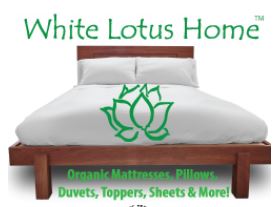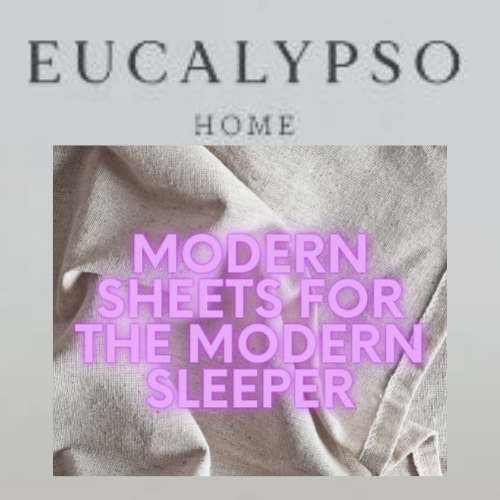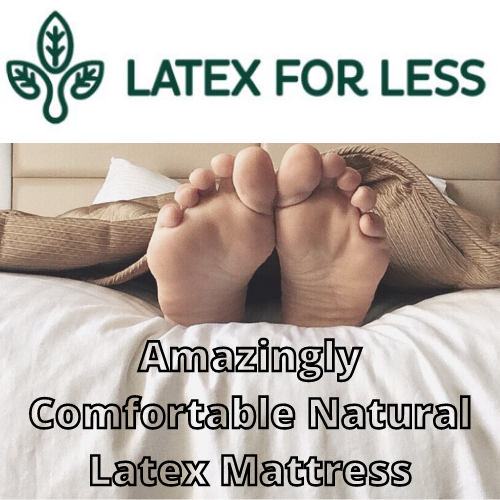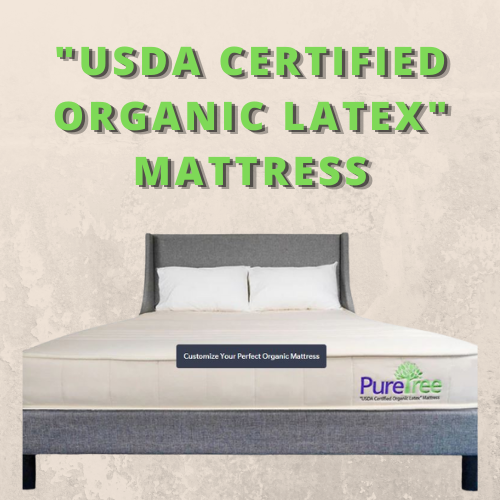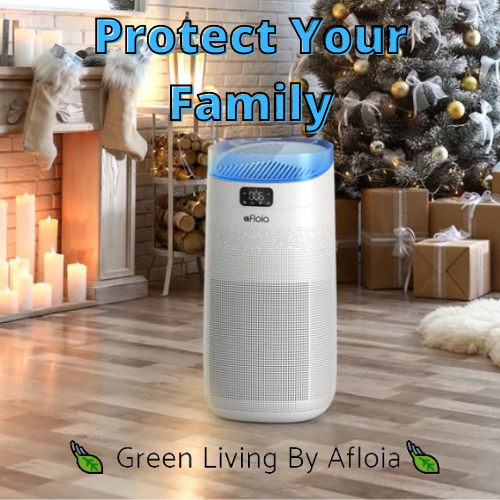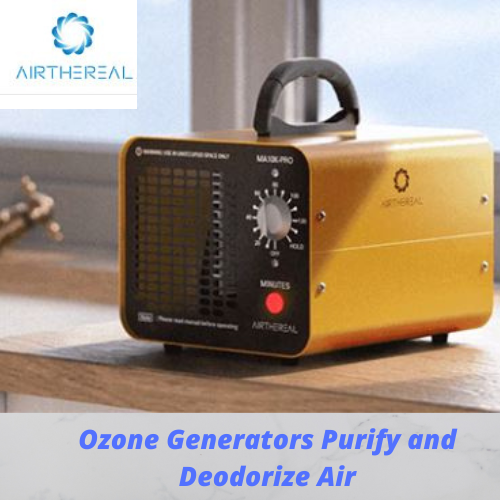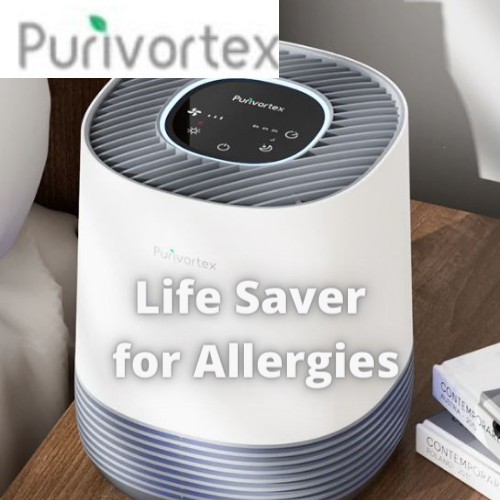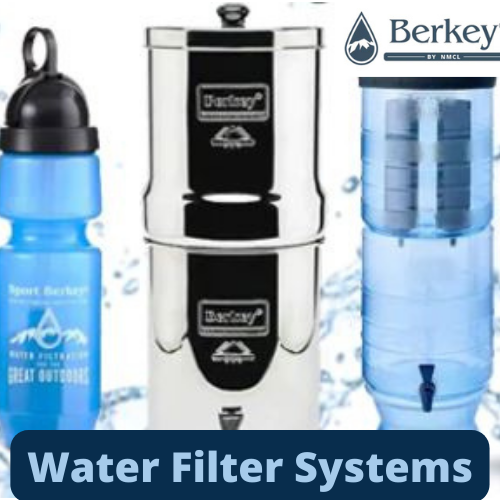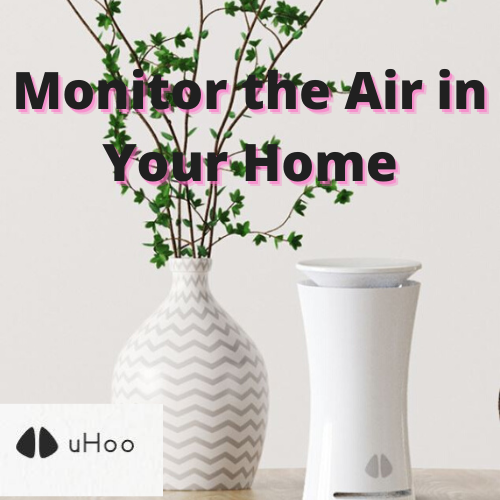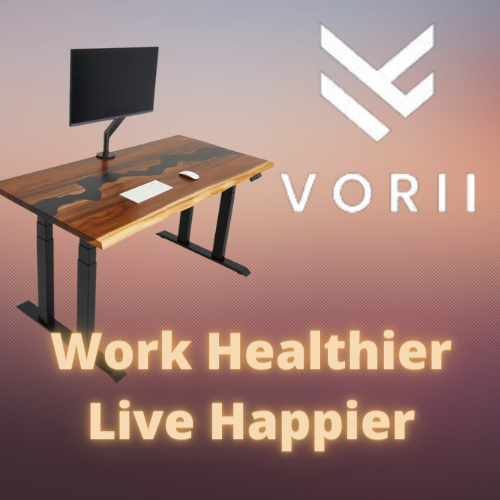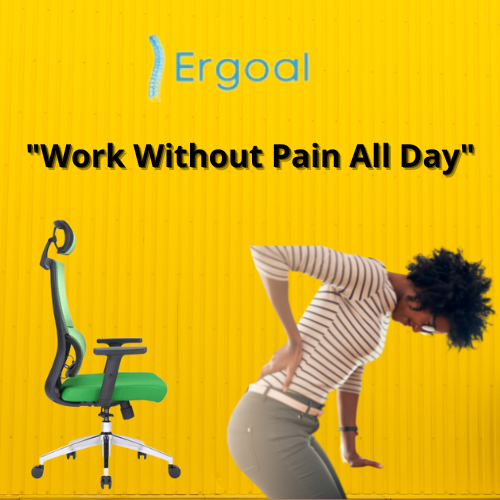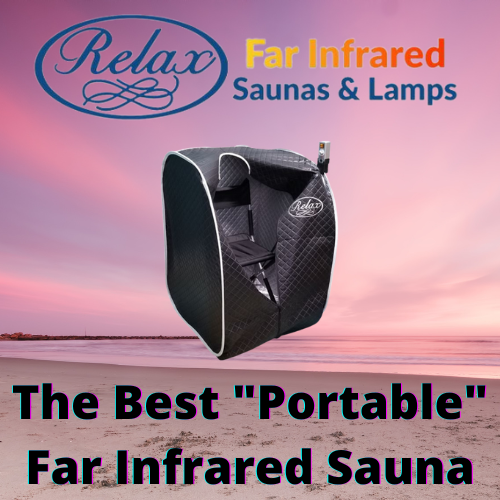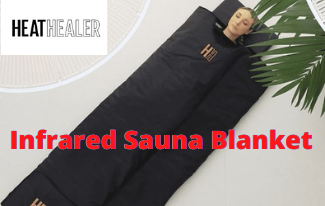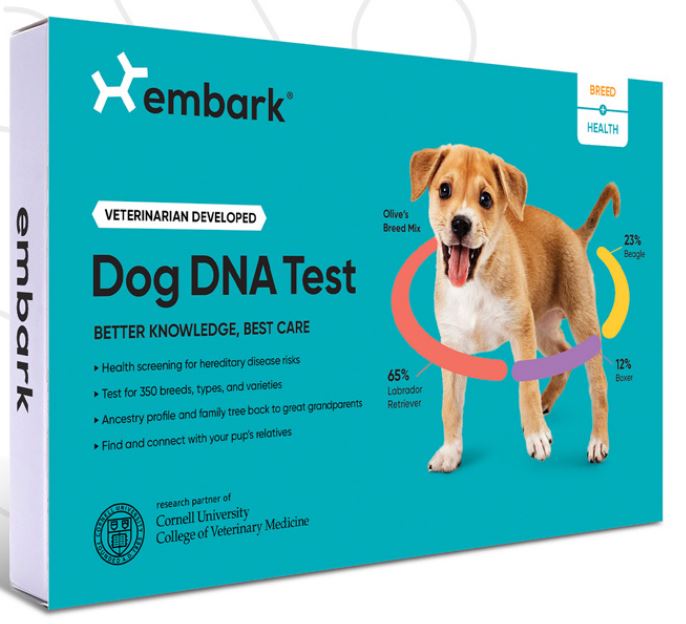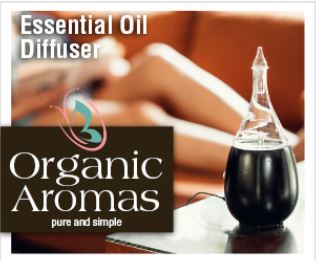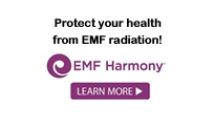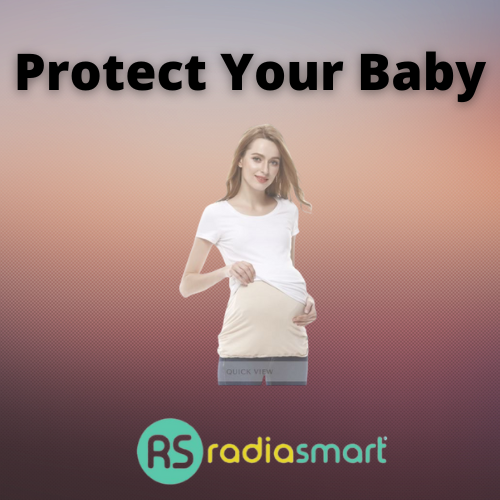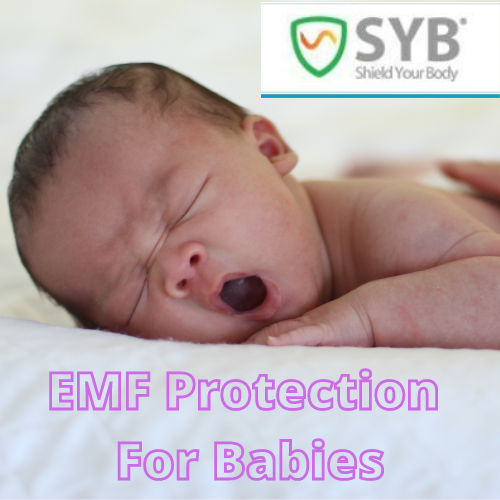We all need to detoxify from our environmental toxic overload. Knowing that we are continually surrounded and bombarded with toxins, in Part 2 of this series, we’ll discuss the importance of recognizing where toxic exposures are coming from and what you can do to reduce them.
Saying that poisons are all around us is one thing, but it’s important to recognize what they are and where they come from. Stopping the source is vital to prevent continued exposure and further damage to health.

Potential Sources of Toxins
You can reduce your contact with harmful chemicals and heavy metals by becoming aware of potential sources. While many food and personal care products list ingredients on the label, some may not have that information readily accessible for varying reasons.
Oftentimes, certain toxins are not considered to be ingredients, and regulations may not require them to be disclosed. In those cases, it’s important to look for validation, such as a label that a product does NOT contain the toxin. Let’s go through a list of toxins that are in everyday products that you may find. Many companies indicate on their labels the toxic ingredients NOT contained in their product.
Where Some Toxic Substances are Found
1.

Tap water comes from different sources such as wells or public water systems. Aside from chlorine, fluoride, and bacteria, many old pipes leach heavy metals into the water you drink straight from the tap.
2.

Indoor air can be polluted from outdoor air, pest control products, freshly painted walls, outgassing of chemicals used to treat carpets and furniture fabrics, air fresheners, and the cleaning supplies you use. More healthful products that don’t contain these toxins can be used. Part 3, in this series, shows you how you can clean up your indoor air.
3.

Check your cleaning supplies. Use products that are eco-friendly and harmful chemical free. Many household cleaners and laundry detergents can be made with non-toxic materials and are quite effective. Dryer balls are preferred to dryer sheets.
4.

Construction materials such as pressure treated wood, vinyl flooring, wooden floor refinishing, adhesives and deck coatings are a few of the materials you should be seeking less toxic alternatives.
5.

Clothing and bed sheets may contain dyes, flame-retardant, and synthetic fibers that can be an irritant getting into the body through the skin. Dry cleaning can be especially toxic.
6.

Personal Care items such as deodorant, skin moisturizers, soaps, hair products, toothpastes, shaving creams, mouthrinses and makeup are notorious for toxic ingredients. Look for chemicals to avoid such as fragrances, dyes, parabens, phthalates, sodium lauryl sulfate, talc, aluminum, and other chemicals. If you don’t recognize the chemical name, look it up.
7.

The food you eat can contain pesticides, processing chemicals, artificial dyes and preservatives, gluten, salt, and sugar. Observe a cleaner diet by buying organic, non-GMO, seasonal plant-based foods. Dairy and meats should be from grass fed, free range animals without hormones, antibiotics, and sedatives.
8.
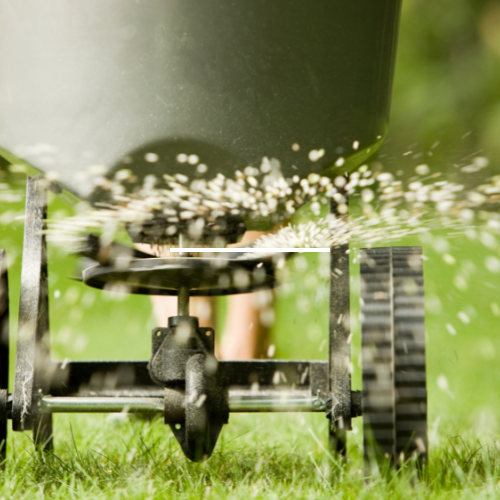
Lawn and plant care products should not contain glyphosate and need to be child and pet friendly.
9.

Medical testing procedures may contain radioactive dyes such as CT scans with contrast, Thallium stress tests and MRIs that contain the heavy metal gallidinium. Informed consent should help you decide the appropriateness for your condition.
10.
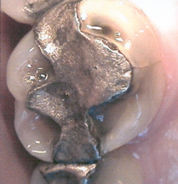
Dental materials are implanted in your teeth or gums and expose you 24/7. Amalgams are 50% mercury and should be avoided completely. Mercury is given off when drinking hot liquids and inhaled or swallowed each time friction is applied from tooth brushing, eating, gum chewing or dental hygiene polishing. Dental sealants used in children should be BPA-free.
11.
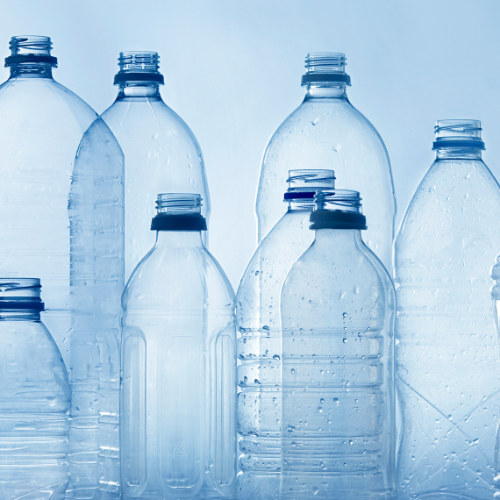
Avoid plastics that can leach toxins in food. Store food in glass. Never microwave in plastic containers or covered with plastic wrap. Stay away from styrofoam. Food storage containers and bags should be BPA-free.
I listed a few things you can do to stop harmful toxins from entering your body, whether through what you eat and drink, cleaning products and personal care items frequently used, and continuous exposure to construction and dental materials. When you take the time to knowledgeably read labels and ask questions, you become aware of what you can avoid and search for healthy alternatives.
This detox series is all about reducing the damaging impact on your health for what toxic exposure has already done. You will learn some ways to safely remove toxins from your environment and your body, which is so important for good health, reproduction, and longevity. See video below to learn more…

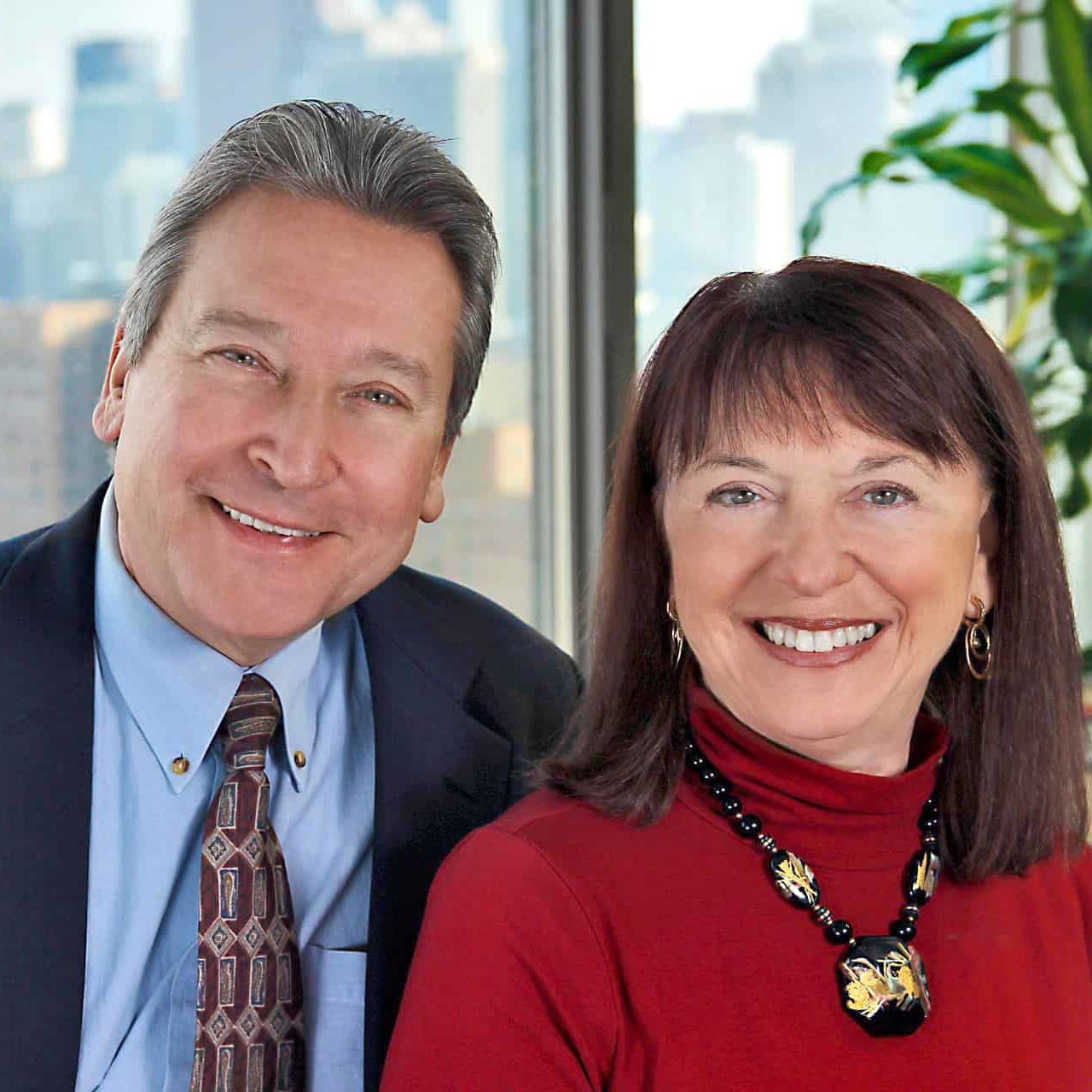
About Us
As holistic dentists, we've recommended products and services that supported our patients’ health for decades. In experiencing our own health challenges from mercury toxicity, we worked closely with many natural, alternative, and integrative health practitioners who aided our recovery as well as our patients’. We built this site to provide you with a simple-to-use, comprehensive, informational, and functional resource for your physical, emotional, and spiritual health & well-being.





